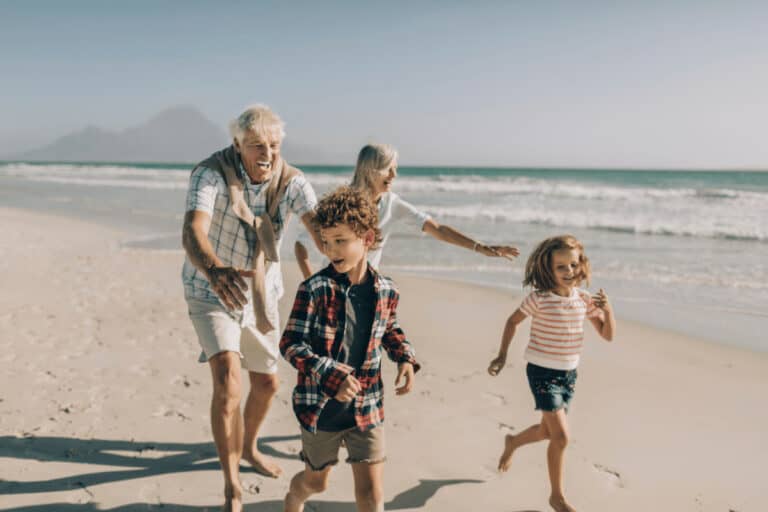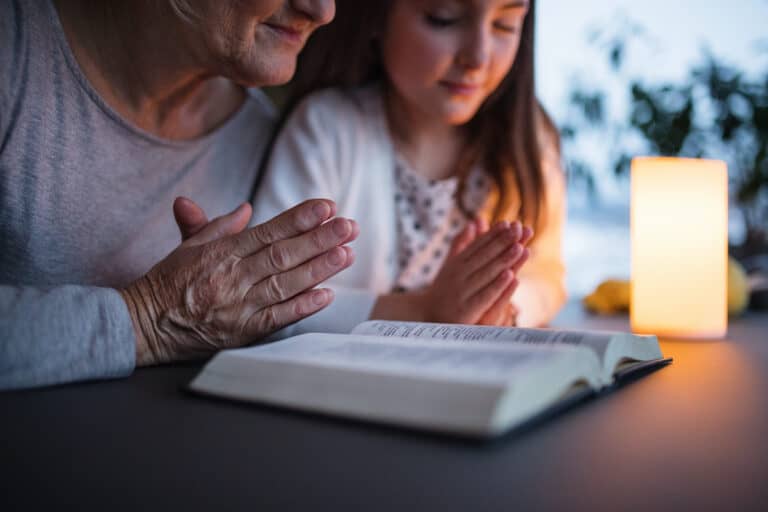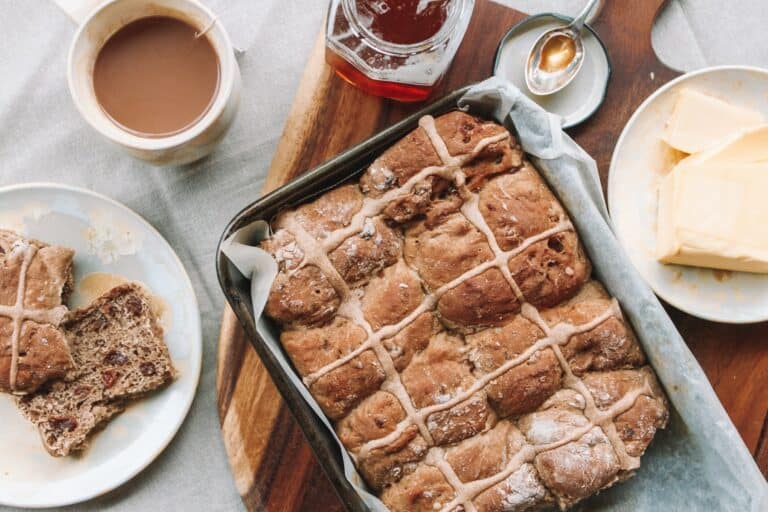What Is Hanukkah? All About the Festival of Lights
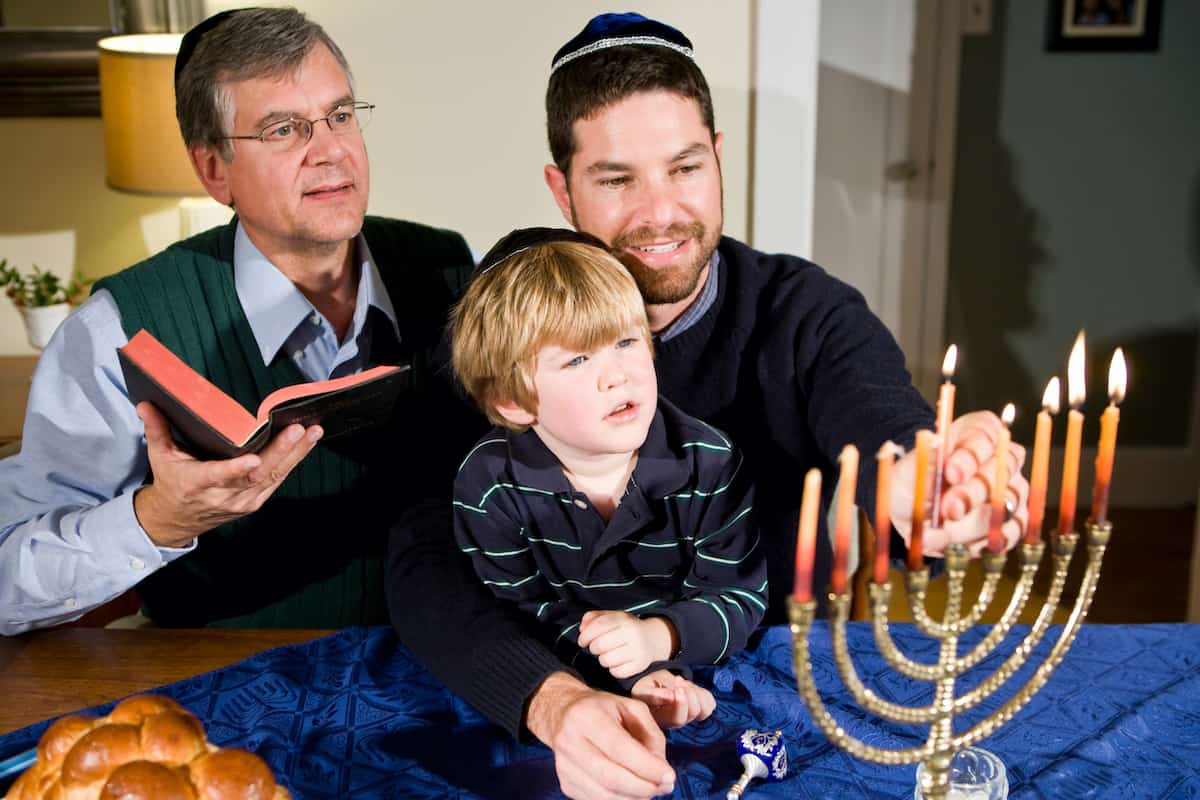
While Hanukkah reminds us of latkes and dreidels, this holiday of lights represents a significant day in the history of Judaism.
Read on to learn more about it, and how people worldwide still celebrate it today.
What Is the History of Hanukkah?
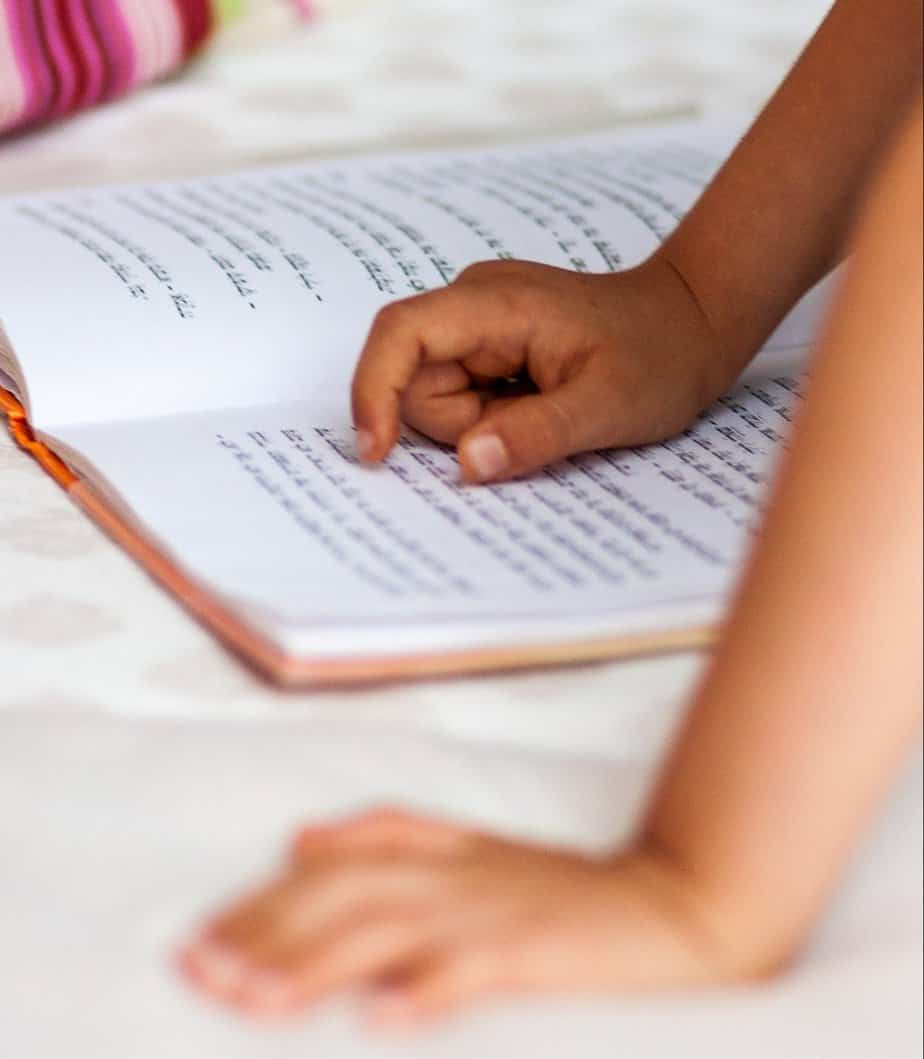
The word “Hanukkah” means “dedication,” which is fitting since Hanukkah represents a time in history when the Jewish people in Jerusalem restored the Second Temple in 168 BC. At that time in history, King Antiochus IV of Syria was in charge of Israel. He outlawed the Jewish faith and desecrated the temple, converting it to a temple of Zeus and other Greek gods. So the Maccabees, a group of Jewish rebels, decided to fight back.
Despite the opposing army’s strength, Judas Maccabee and his brothers led a successful rebellion that drove the Syrians out of Israel. The Hebrew people then reclaimed the land from Antiochus and prioritized cleansing the temple.
So even though Hanukkah is prominently celebrated as a Festival of Lights, this Jewish holiday also marks a time of political resilience in Israel’s history.
When Is Hanukkah 2020?
This year, Hanukkah will begin at sundown on December 7 and last until December 15, 2023. The dates of Hanukkah match up with the 25th day of the Hebrew month of Kislev. So depending on the year, it could fall any time between November 28 and December 27 on the Gregorian calendar.
What Is the Significance of the Menorah?
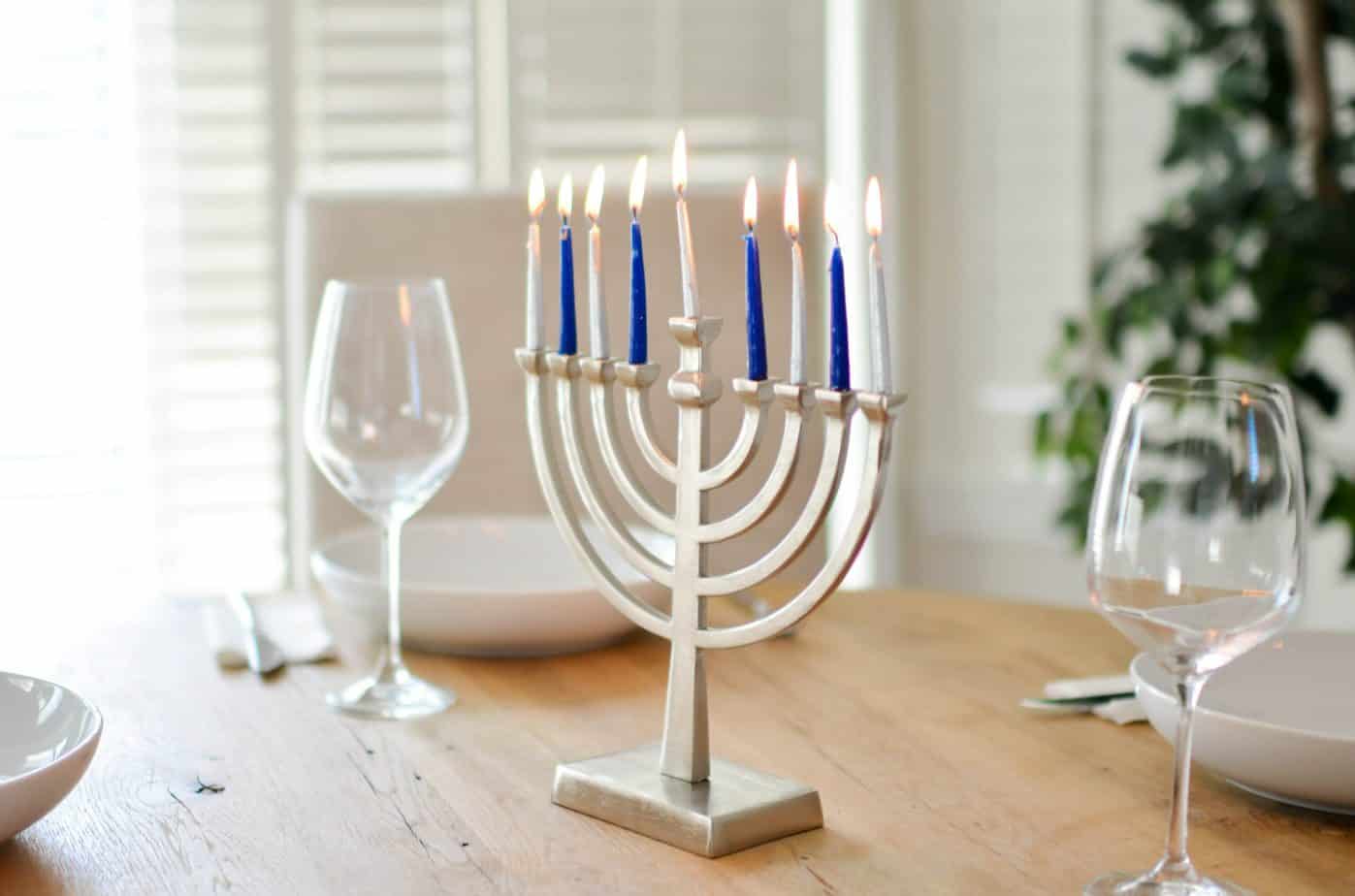
The menorah has served as a lampstand for people in the Hebrew faith since the days of Moses. Traditionally, it only has six side branches and a larger one in the middle. These represented the seven days of creation and served as a symbol for the Jewish people. So the Maccabees would have been using one as they began cleansing the temple.
But they had a problem: there was only enough oil to keep the light on for one night. But against all odds, the flames continued to burn for eight days and nights, which was long enough to restore the temple to its former glory. Today, long after the rededication of the Second Temple, most menorahs now consist of nine candle shafts and are called chanukkia. There are eight for each of the eight days and a ninth to hold the shamash (Hebrew for helper). The shamash lights the other eight candles.
What Are Some Traditional Hanukkah Foods?
Foods fried in oil, usually olive oil, are a hallmark of Hanukkah, as it’s a way to commemorate the oil that burned for eight days.
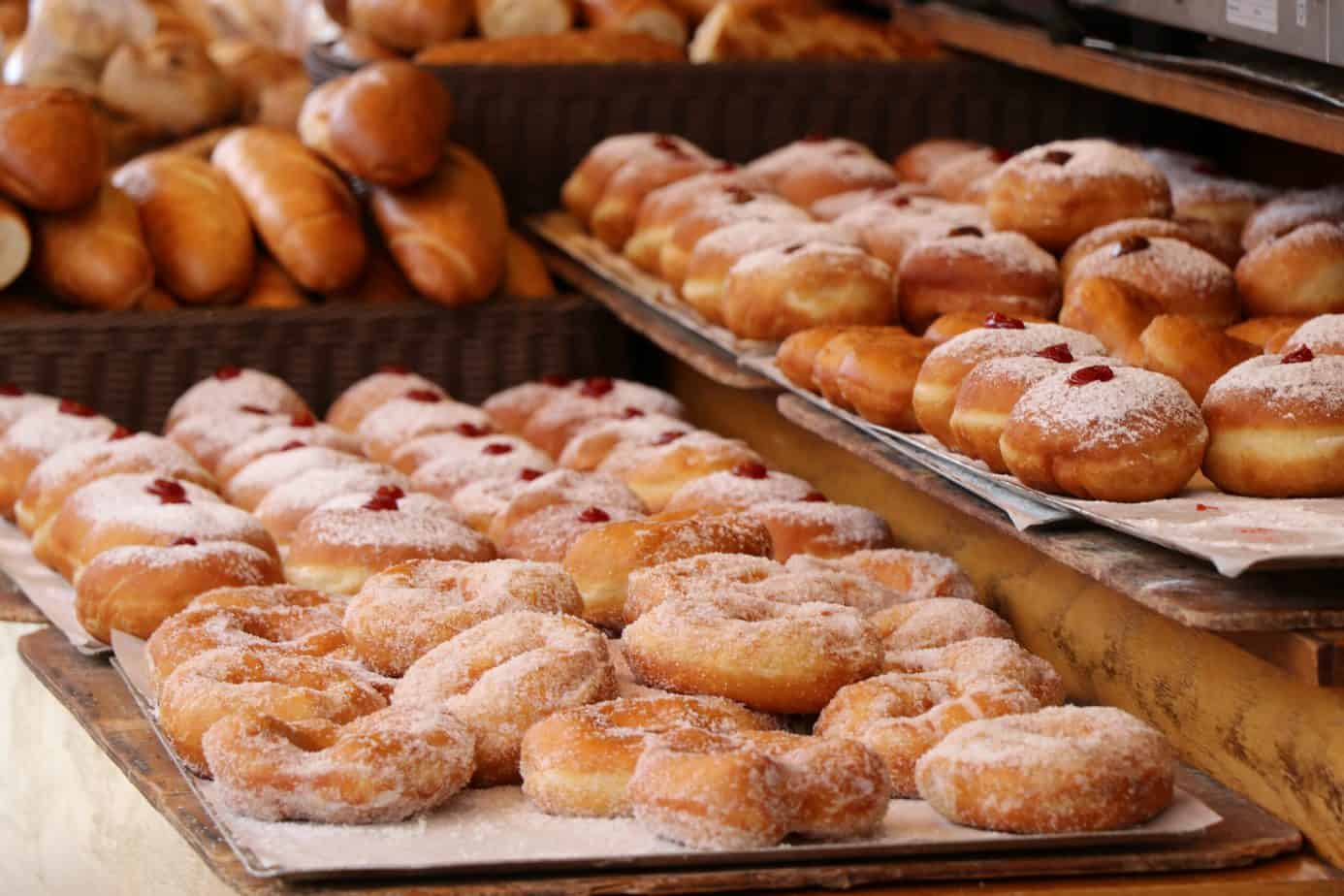
Common foods include Latkes (potato pancakes), Kugel (egg noodle casserole), Gelt (chocolate coins), Sufganiyot (jelly-filled donuts), and brisket.
What Are Some Other Hanukkah Traditions?
- Gelt: Traditionally, the Jewish people gifted money (or “gelt” in Yiddish) to teachers, homeless people, children, and the poor. Today, children trade chocolate coins for eating and playing the dreidel game.
- Dreidel Game: Dreidels are wooden spinning tops with Hebrew letters on four sides. The dreidel game is a gambling game; players lose or win gelt depending on the letter that the dreidel stops on. The four Hebrew letters are Nun (take nothing), Gimel (take all), Hey (take half), and Shin (put one in).
- Gifts: In addition to gelt, many people give their family members gifts each night of Hanukkah. Some families give gifts each of the eight nights, while some families will opt for one larger gift instead. Hanukkah’s gift-giving component didn’t come about until the 1920s, so it’s not necessarily part of all Hanukkah celebrations worldwide.
No matter your upbringing, Hanukkah serves as a fun and interactive way to bring people together and celebrate. Find some creative recipes and start saving up for gifts to give to your loved ones. Check out our other article on Hanukkah traditions for more creative ideas on how to spend your Hanukkah.


